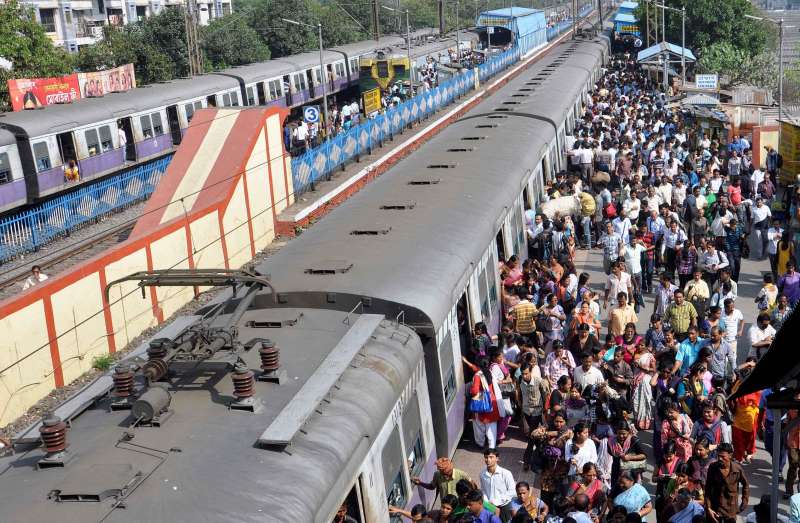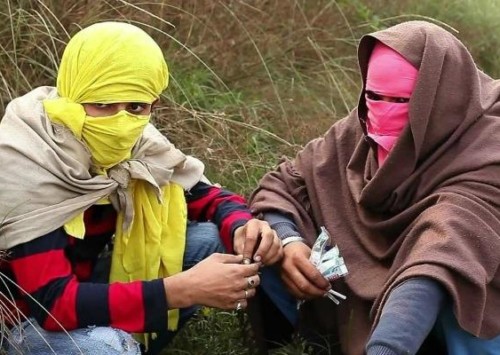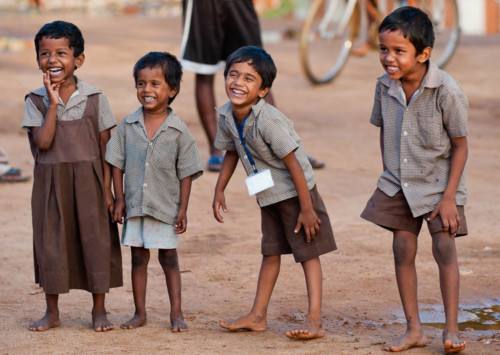World Population Day: Is India ready to be the most populous country by 2027?

World Population Day is observed annually on July 11 every year with the objective to spread awareness about population related issues across the world. When the day was first observed 30 years ago, the population was 5.25 billion but today it has nearly crossed the mark of 7.7 billion.
According to the United Nations (UN) in its biannual population report titled World Population Prospects 2019 released on June 17 this year, the world population is expected to increase by two billion people in the next 30 years and reach 9.7 billion in 2050 and increase to 11 billion by 2100. More than half of the projected global population increase will be concentrated in nine countries —India, Nigeria, Pakistan, Democratic Republic of the Congo, Ethiopia, United Republic of Tanzania, Indonesia, Egypt and United States of America. By 2027, India’s population is also supposed to surpass China’s and be 10 times higher than America.
China with 1.43 billion people and India with 1.37 billion in 2019, the two most populous countries of world, already constitute 19 and 18 pc of the global total respectively. With this announcement of India becoming the most populous country, the question comes up whether India will be able to sustain such a large population in just eight years.
Global population trends are influenced by fertility rate, mainly on the average number of live births per woman over a lifetime. India in the last five decades has seen a decline in the fertility rate from six children a couple to 3.2 children per couple, and is at a current fertility rate of 2.3 births per woman.
While India has witnessed positive developments like decrease in child mortality rate, control of communicable diseases such as small pox, it is still lagging behind in sectors like healthcare with half of the children suffering from malnutrition. Moreover, the worsening condition of environment and climate changes are also affecting the situation as witnessed with water scarcity, sudden flash floods, melting ice-caps and delayed monsoons.
Healthcare
The healthcare sector though improving in its quality is lacking in infrastructure and capital. Also the shortage of trained and qualified doctors and nurses add to the falling conditions. The recent situation of rising death toll of children suffering from acute encephalitis syndrome (AES) in the east-Indian state Bihar is a pointer to the failing infrastructure. Malnourished children are more susceptible to the infection and in third-highest populated state of India, Bihar about 44 pc children are underweight. Even in term of resources one doctor in the state treats an average of 28,391 patients and there is one hospital bed per 8,645 people. Despite such condition, the expenditure allowed for health in the state is just 3.94 pc of the state’s total.
Indian government needs to invest in medical infrastructures at all levels and develop skilled health workforce to meet the shortages. They also need to work in the area of reproductive health and family planning to slow down the population growth and development.
Unemployment
The declining employment growth rate also needs to be looked into for this predicted rise in population. India’s unemployment rate is at a four-decade-high as stated by the figures released by the Ministry of Statistics and Program Implementation (MoSPI) in May at 6.1 pc.
The growth in population will result in majority of the people being among working age (15-65) and government and industries needs to take the challenge of creating enough jobs for all of them.
Population control laws
India is one of the first countries to introduce a family planning programme in 1952 and according to census data has observed a decline in the growth rate from 24.7 pc in 1971-81 to 17.7 pc in 2001-11. Even the National Family Health Survey (NFHS) has reported that about 24 states in the country have already achieved the replacement level fertility (2.3) which has been possible due to increasing emphasis on women’s education and empowerment. But the problem persists as even if a policy is strongly implemented, India will still surpass China as about 53 pc of the population is in their prime reproductive age.
Indian state governments have tried to implement laws to enforce small families by restricting maternity leave and benefits for first two births only, disqualification from panchayat elections for people with more than two children and also minor incentives for sterilisation. While the central government’s hesitation to implement the two-child policy may be attributed to it being a signatory of the International Conference on Population and Development Declaration (1994) which upholds the reproductive rights of couples to decide the number and spacing of children, it can conduct awareness and sensitisation programmes to inform people about population issues.
Environmental effects
The rising population, migration, urbanisation and industrialisation has affected the environment as observed through the ongoing water crisis in the southern and western states of India, the rapid melting of ice-caps in Himalayas, the delayed monsoons and the rising pollution issues.
According to a recent NITI Aayog report, 40 pc of India’s population will not have access to clean drinking water by 2030 and India will move at 120th position out of 122 countries in water quality index. Another environmental report by NGO Greenpeace India has stated that India houses three of the world’s largest nitrogen dioxide pollution hotspots .
“Over the past few years, several studies have identified PM 2.5, NOx and O3 pollutants having a significant impact on human health. These are particularly dangerous air pollutants, causing respiratory illnesses and lung damage with acute exposure, and increasing the risk of chronic diseases such as heart attacks and lung cancer with long-term exposure,” said Pujarini Sen, senior campaigner, Greenpeace India.
The government needs to take immediate measures to control the situation, so that they can be prepared to provide enough resources for the upcoming population. They need to organise sensitisation programmes to educate people about the problems the country is facing and how they can take measures to help preserve the natural resources.














